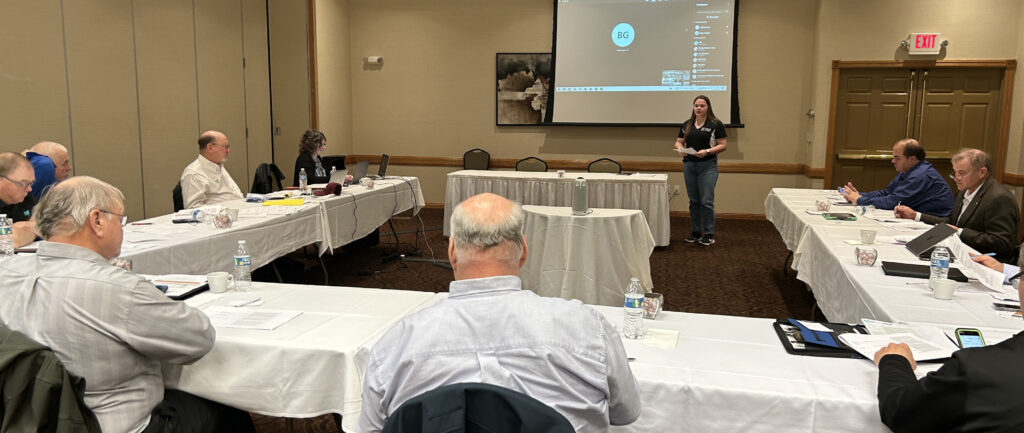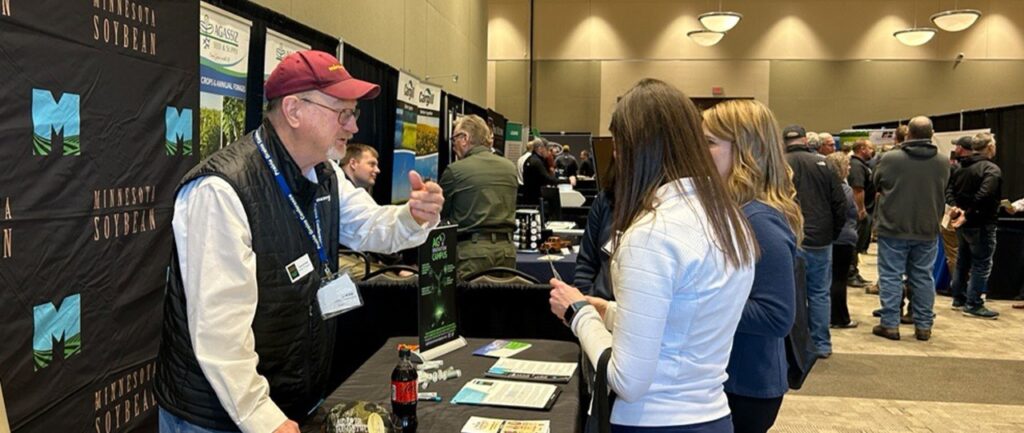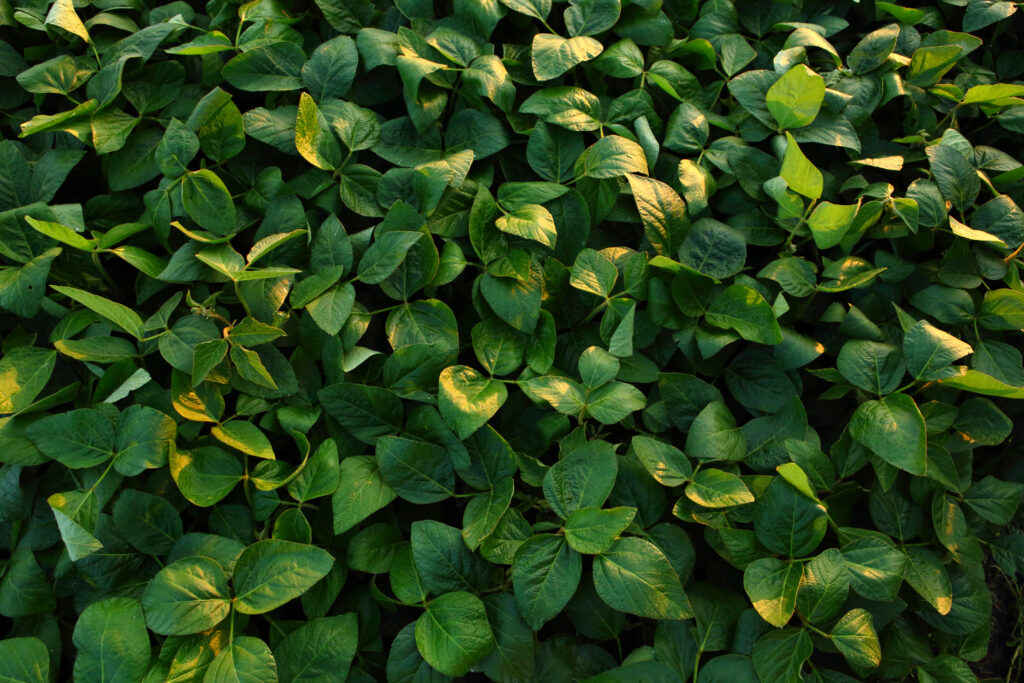Minnesota soybean farmers are being urged to participate in a science pilot study to help the University of Minnesota detect the offsite movement of dicamba. Researchers need grower assistance to find how dicamba moves to unsprayed areas. With your help, researchers can collect better data of dicamba losses to the atmosphere and improve our best management practices.
Methods: We will supply you with passive air samplers (see right-hand figure below) and a simple description for installation and sample collection. Briefly, we would like volunteers to install one sampler approximately 50 to 100 yards from each edge of the soybean field that will be sprayed with dicamba (see left-hand Figure below). We would like each sample to be collected after a period of 3 days and then wrapped in a tinfoil pouch provided by our team. We will provide a self-addressed envelope, with pre-paid postage, so that samples can be mailed back to our lab for analysis at the University of Minnesota.

Project Personnel and Roles: Tim Griffis (Project Leader, Biometeorology, atmospheric measurements and modeling), timgriffis@umn.edu, phone: 612-625-3117, Dept. of Soil, Water, and Climate, University of Minnesota; John Baker (Biometeorology, atmospheric measurements and modeling), jbaker@umn.edu, USDA-ARS and Dept. of Soil, Water, and Climate, University of Minnesota; Debalin Sarangi (Extension Weed Scientist, outreach and education), dsarangi@umn.edu, Department of Agronomy and Plant Genetics, University of Minnesota; Pam Rice (Environmental Chemistry, dicamba sampling, analysis, and fate), pamrice@umn.edu, USDA-ARS and Dept. of Soil, Water, and Climate, University of Minnesota; Jeffrey Gunsolus (Professor Emeritus, Weed Scientist, outreach and education), gunso001@umn.edu, Dept. of Agronomy, University of Minnesota; Alexander Frie (Postdoctoral Fellow, Atmospheric Chemistry, modeling), frie0388@umn.edu, Dept. of Soil, Water, and Climate, University of Minnesota; Lara Frankson (dicamba extractions and analysis) lara.frankson@usda.gov, USDA-ARS and Dept. of Soil, Water, and Climate, University of Minnesota.
Goals: A new dicamba herbicide has been used to control weeds in Minnesota soybean crops. Unfortunately, drift and volatilization of dicamba has resulted in substantial offsite damage to non-target crops (~276,000 acres). This problem has raised serious environmental concerns in Minnesota and the U.S. Corn Belt. The goals of this project, therefore, are to: 1) Quantify dicamba losses and offsite transport from soybean fields; 2)Examine how meteorology and environmental conditions influence dicamba losses and offsite crop damage; and 3) Provide best management practices for dicamba application in Minnesota.
Anticipated Outcomes: We will establish a better understanding of how meteorological and field conditions influence dicamba drift/volatilization and impact offsite damage to not-target crops in Minnesota. This new knowledge will help mitigate losses and improve the effective use of dicamba.







